There seems to be a fear of deviating from the recipe when it comes to baking breads. Yet yeast breads can be tweaked a fair amount while still resulting in a great loaf of bread. Essentially all you need to make a good loaf of bread is yeast or starter, flour, and salt. Practically all other ingredients can be substituted or altered somewhat. I routinely substitute liquids because why use water if I can add flavour and I like substituting sweeteners. But some of my best loaves of bread have come about from blatant mistakes. Two examples of this are my favourite white bread and herbed tomato bread. Potato Bread
Potato Bread
Potato bread is a great way to use up left over potatoes but I came across a recipe using potato flakes. I didn't have potato flakes so I looked around to see how I could make this bread using what I had on hand. From there I used the original recipe as a guide but modified a fair amount so this became a test loaf of bread. The resulting loaf was very moist, flavourful and nicely textured. It made an ideal sandwich bread but was also nice for toasting.
Potato Bread Using Instant Potatoes
recipe by: Garden Gnome
1 c buttermilk
⅓ c water
1 tbsp butter
1 tbsp organic sugar
1½ tsp sea salt
⅓ c instant mashed potatoes, complete mix
2½ c unbleached flour
1½ tsp instant yeast
Combine buttermilk, water and butter in large measuring cup. Warm slightly in microwave to just under room temperature. Place remaining ingredients in bowl of stand mixer. Mix on speed setting 1 to blend well. With mixer still on setting one slowly start pouring in liquids. Mix until dough cleans sides of bowl. Adjust with necessary with a little extra water if too dry or flour if too wet. Knead on setting 3 until dough is smooth and elastic. Remove dough ball from bowl. Wipe bowl with vegetable oil. Return dough ball to bowl. Cover with damp towel. Place in warm area and leave until dough is doubled. Punch down the down then form into a loaf and place in prepared baking pan. Let rise to double. Bake at 200ºC/400ºF until golden brown or loaf sounds hollow when tapped.






 Crust Prep
Crust Prep New York Style Cheesecake
New York Style Cheesecake
 Golden Dipt
Golden Dipt Perch Dinner
Perch Dinner Spring Salad
Spring Salad Ready for Oven
Ready for Oven Layered Venison Casserole
Layered Venison Casserole
 Roasted Garlic Accents
Roasted Garlic Accents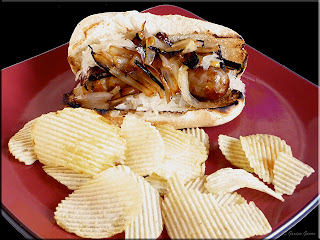 Oktoberfest Sausage
Oktoberfest Sausage Smoked Pork Shoulder
Smoked Pork Shoulder Defatting Pork Skin
Defatting Pork Skin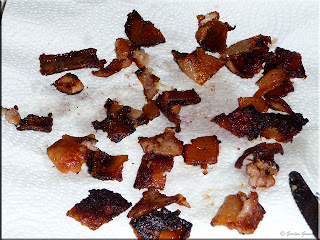 Pork Cracklings
Pork Cracklings Monte Cristo
Monte Cristo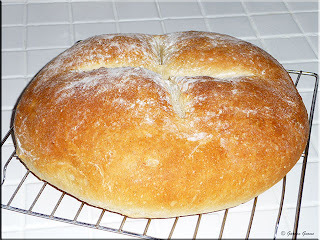 Irish Soda Bread
Irish Soda Bread Dark Rye Bread
Dark Rye Bread
 Shake & Bake Clone
Shake & Bake Clone Organic Produce
Organic Produce Ingredients
Ingredients The Meal
The Meal Peanut Butter Rice Krispie
Peanut Butter Rice Krispie
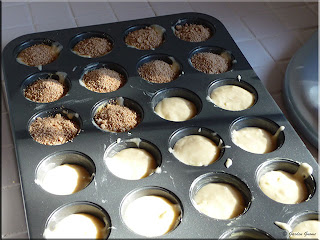 Prep
Prep Coffee Cake Muffins
Coffee Cake Muffins
 Parsnips
Parsnips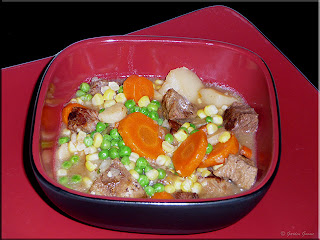 Beef Stew
Beef Stew Ham Chowder
Ham Chowder